| Let's Get Ready 1931 The Packard Motor Company gave Walter Lees and Frederick A. Brossy permission to attempt to break the non-refueling record of 67 hours, 13 minutes, held by two Frenchmen, Maddelena and Creeorni. The 225 HP Packard Diesel engine that Captain L.M. Woolson and Dipl.Ing. Hermann I.A. Dorner had designed was placed in a specially built Bellanca. Woolson had advocated the endurance flight before his death and outlined many of the plans which were carried out in the actual flight. In spite of elaborate planning, the first attempt failed. 55 Years Before Voyager 1931 The Packard Motor Company, a conservative, safety-first company, was understanding about the failure. They wired approval to try another attempt. In the second attempt, on April 12th, The Packard-Diesel Bellanca took off with a gross load of 6,666 pounds including 458 gallons of fuel oil weighing seven pounds per gallon. The total cost of the fuel was $45.80. The second attempt failed due to bad weather.On the third attempt, they successfully established a new endurance record of 84 hours, 32 minutes. Walter's dream to become a famous flyer had more than come true. He had broken a World's Record. |
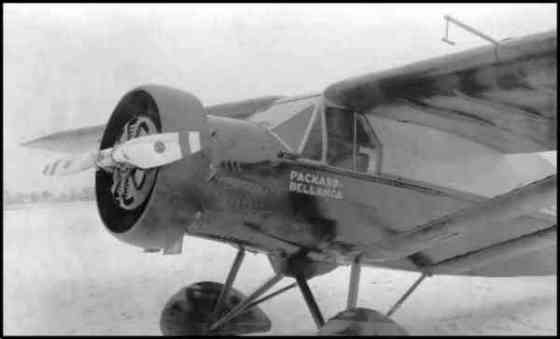 |
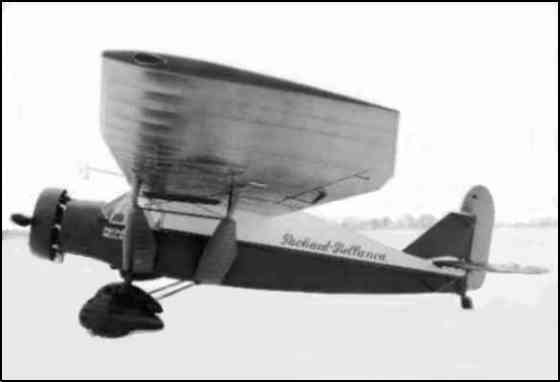 |
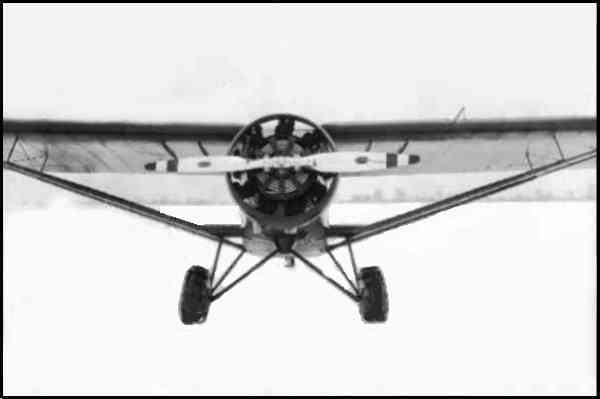 |
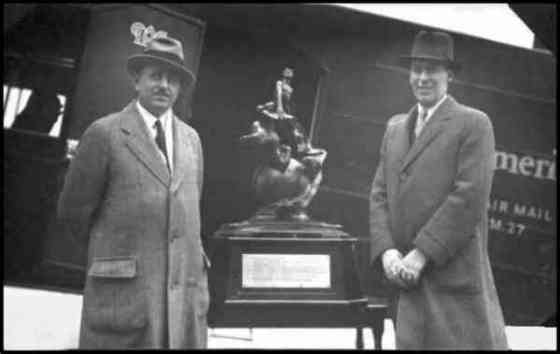 |
|
Packard Bellanca "Pacemaker", 1931 |
Packard Bellanca "Pacemaker", 1931 |
Packard Bellanca "Pacemaker", 1931 |
The Collier Trophy, 1931 |
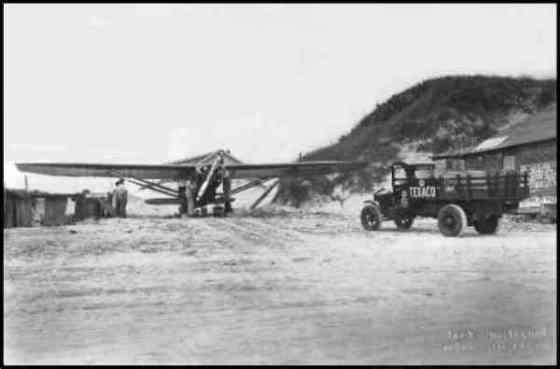 |
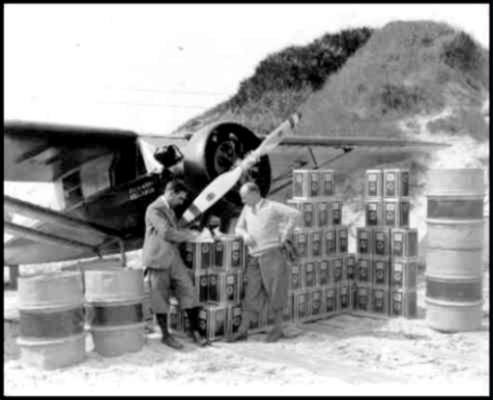 |
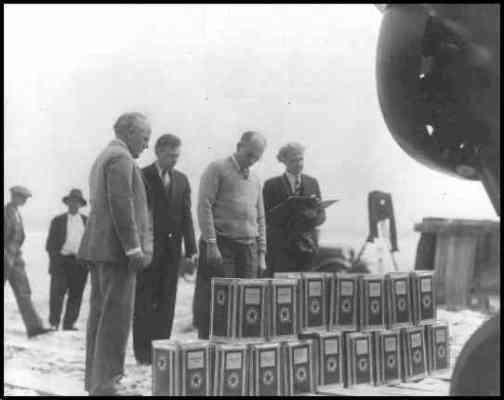 |
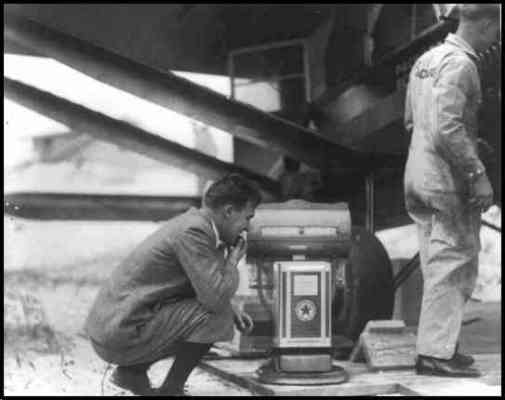 |
| Diesel-Powered Bellanca on Jacksonville Beach | Walter & Fred Checking the Fuel | Walter & Group Checking the Fuel | Fred Brossy Weighing The Fuel |
 |
 |
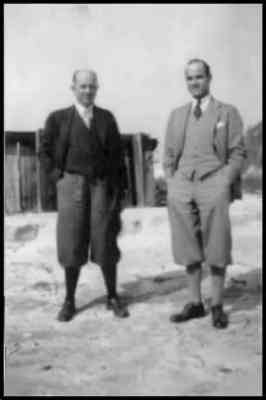 |
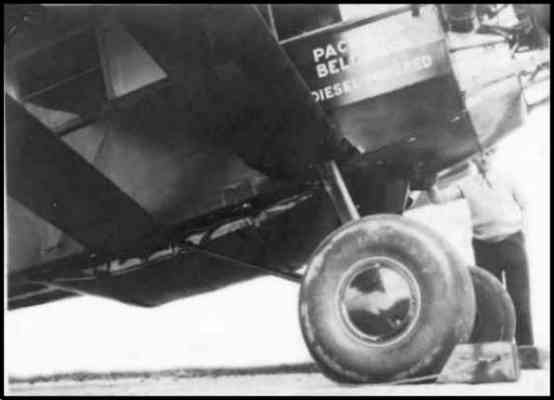 |
| Fuel Oil Carried on Flight | Supplies Carried on the Flight | Walter E. Lees & Edward Macauley | Belly Tank for Bellanca, 1931 |
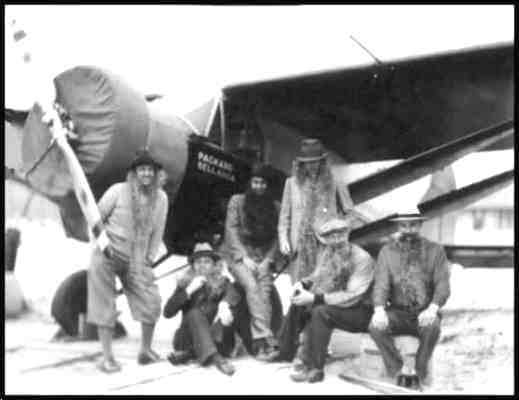 |
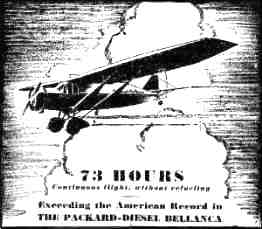 |
 |
| Waiting for Good Weather | Packard Advertisement | Immediately after Landing |


 Gallery 9
Gallery 9